For years, public health guidelines have encouraged us to aim for at least 150 minutes of moderate-intensity activity per week. Traditionally, that’s meant gym workouts, fitness classes, or long runs. But research now shows that exercise doesn’t have to come in big blocks of time to make a difference. Enter exercise snacking—short, manageable bursts of movement sprinkled throughout the day, although longer "bursts" also have their place!
What Is Exercise Snacking?
Exercise snacking is the practice of doing brief bouts of physical activity—often just 1 to 10 minutes—at different points in your day. These might be as simple as climbing stairs, doing squats while waiting for the kettle to boil, or taking a brisk walk after lunch.
The idea is to accumulate movement in small “snacks” that add up over time, improving health and fitness without requiring a dedicated hour-long workout.
Why It Works
Even short bursts of movement have been shown to:
- Improve cardiovascular fitness
- Support blood sugar control
- Boost energy and concentration
- Reduce the negative effects of sitting for long periods
- Improve mood and reduce stress
Because they’re short and convenient, exercise snacks lower the barriers that often prevent people from staying active—like lack of time, space, or motivation.
The Case for Longer Workouts Too
While exercise snacking is powerful, it’s most effective when paired with longer sessions of structured exercise. Full-length workouts, such as a Fitness Pilates class or a DanceFIT session, provide benefits that quick breaks can’t fully deliver:
- Strength and Endurance – Longer sessions allow you to challenge muscles more deeply and build stamina.
- Mobility and Control – Classes like Pilates focus on posture, flexibility, and core strength, which require sustained focus.
- Skill Development – Activities such as dance fitness improve rhythm, coordination, and motor learning through continuous movement.
- Community and Motivation – Group settings add accountability, structure, and enjoyment.
- Sustained Heart Health Benefits – Longer bouts of moderate-to-vigorous exercise strengthen the cardiovascular system more effectively than very short bursts alone.
Think of exercise snacks as your “baseline”—keeping you moving and energized throughout the day—while longer workouts are your “main meals,” delivering the deeper training your body and mind need.
How to Put It Into Practice
- Snack often: Do a set of push-ups, a flight of stairs, or a short walk whenever you can.
- Pair with habits: Link exercise to daily activities—lunges while dinner is in the oven, or stretches during TV breaks.
- Schedule your meals: Commit to 2–3 longer workouts each week, whether that’s Pilates, DanceFIT, or another activity you enjoy.
- Stay flexible: On busy days, rely more on snacks; on free days, enjoy the structure of a full class.
The Bottom Line
You don’t need to choose between short and long workouts—the real power comes from combining both. Exercise snacking keeps you active throughout the day, while longer sessions build strength, skill, and endurance. Together, they create a balanced, sustainable approach to fitness that works with your lifestyle, not against it.


